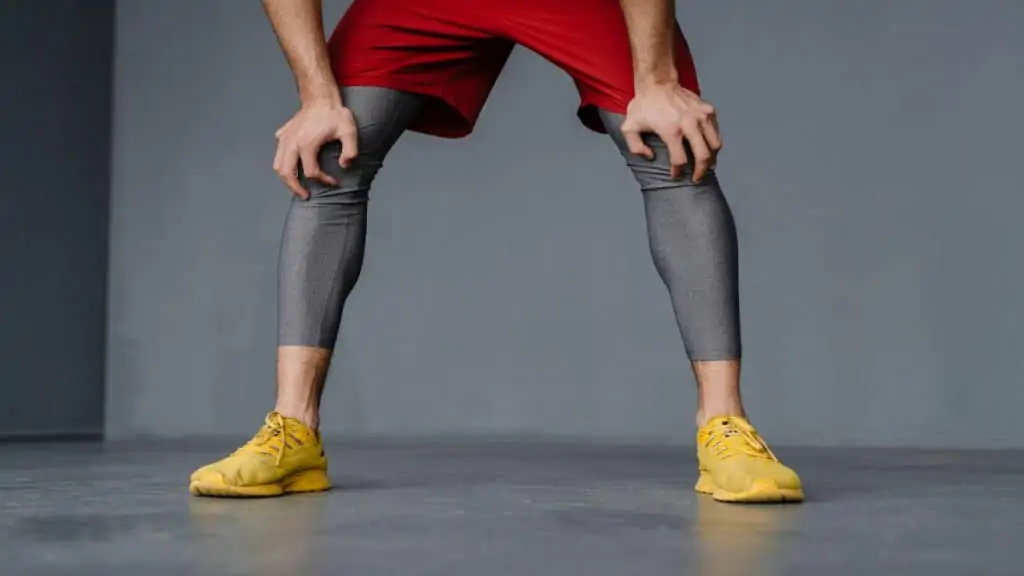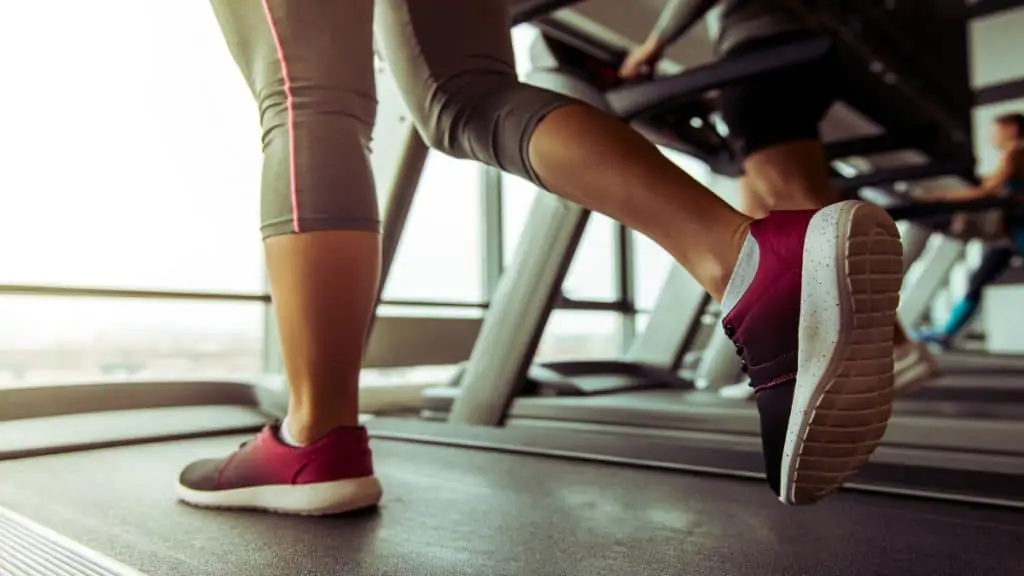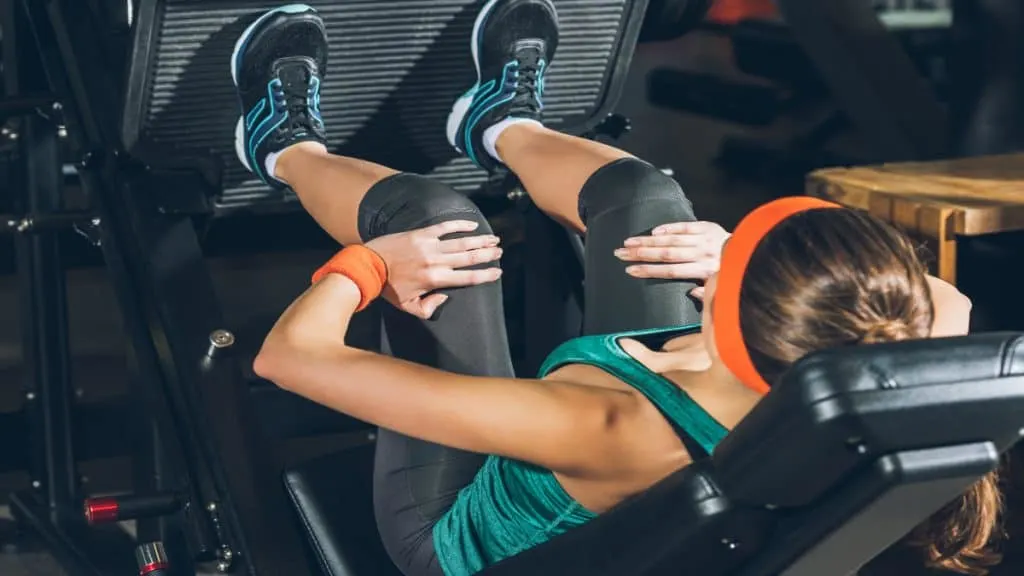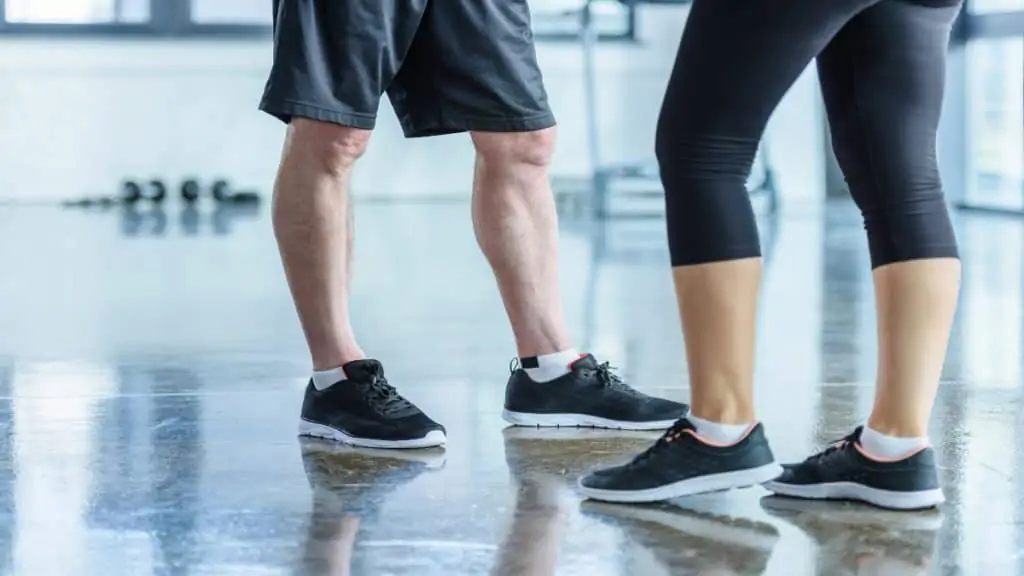12 inches is a pretty small calf circumference measurement. But is that a bad thing?
It depends. If having 12 inch calves is indicative of other problems (such as being underweight), then it could be an issue. If not, then you have nothing that you need to worry about.
Still, if you’re unsatisfied with your 12″ calves, this guide will show you how to make them grow, too.
How Do Your Calves Stack Up?
- 11 inch calf circumference
- 13 inch calf circumference
- 14 inch calf circumference
- 15 inch calf circumference
- 16 inch calf circumference
Are 12 inch calves small?

Yes, considering that most men and women have 15 inch calves on average, 12 inch calves are definitely small. [1]
12 in calves will look less skinny if you’re short. However, 12 inch calves will look extremely thin if you’re tall.
Many people have genetically weak calves and struggle to make them bigger, so it can be very frustrating to have only a 12 inch calf circumference.
On the other hand, many people (especially women) greatly desire to have slim calves. So if you have 12″ calves—especially if they’re lean—then it’s highly likely that a number of people are envious of your lower legs.
How about 12.5 inch calves?

12.5 inch calves are still pretty small based on the research. Perhaps if you’re old, then 12.5 inch calves aren’t overly skinny because we naturally lose muscle mass as we age. [2]
However, if you’re trying to make your calves bigger and have taken them from 12 inches to 12.5 inches, then that’s quite an achievement considering that the calves are a highly stubborn muscle group to develop.
If you’re short and have a relatively low body fat level (or just tend to store most of your body fat away from your calves), then 12.5 inch calves may actually look pretty well-developed due to your legs having noticeable muscle definition.
Indeed, since shorter folk have smaller bones than taller people, it doesn’t take a massive circumference measurement to have aesthetic-looking muscles—calves included.
How to grow your 12 inch calves

If you want to grow your 12 in calves, then you first need to understand two things.
One, your calves are already used to low-level resistance because they have to carry you around on a daily basis.
Second, although the calves are a notoriously tricky muscle to bring up, many people can overcome their lousy calf genetics by training them consistently and then fuelling their workouts with a healthy, high-protein diet.
Your best bet is to start with just a few weekly sets (3-4) of calf raises. But unlike walking, which doesn’t cause that much calf fatigue, you want to take these sets close to failure so that you can give your calves a potent stimulus (i.e., a good reason) to grow and develop.
Performing bodyweight calf raises on a step at home is a good place to start. Just make sure to use a full range of motion—get a deep stretch and a strong contraction—to make your workouts as effective as possible.
Conclusion: Should you be concerned about having 12 inch calves?

Providing that your 12 inch calves aren’t indicative of you being underweight, you shouldn’t worry about them being smaller than average.
Of course, the calves become a highly visible muscle whenever you wear shorts and, as such, are an area that many people want to improve (whether that be through slimming their lower legs down or making them bigger).
Even with poor calf genetics, you can still improve the appearance of your calves with weekly weight training, an active lifestyle, and a healthy diet. I’m living proof of that!
References
- Centers for Disease Control and Prevention. (2008, October). Anthropometric Reference Data for Children and Adults: United States, 2003–2006 (No. 10). https://www.cdc.gov/nchs/data/nhsr/nhsr010.pdf
- Volpi, E., Nazemi, R., & Fujita, S. (2004). Muscle tissue changes with aging. Current Opinion in Clinical Nutrition and Metabolic Care, 7(4), 405–410. https://doi.org/10.1097/01.mco.0000134362.76653.b2

